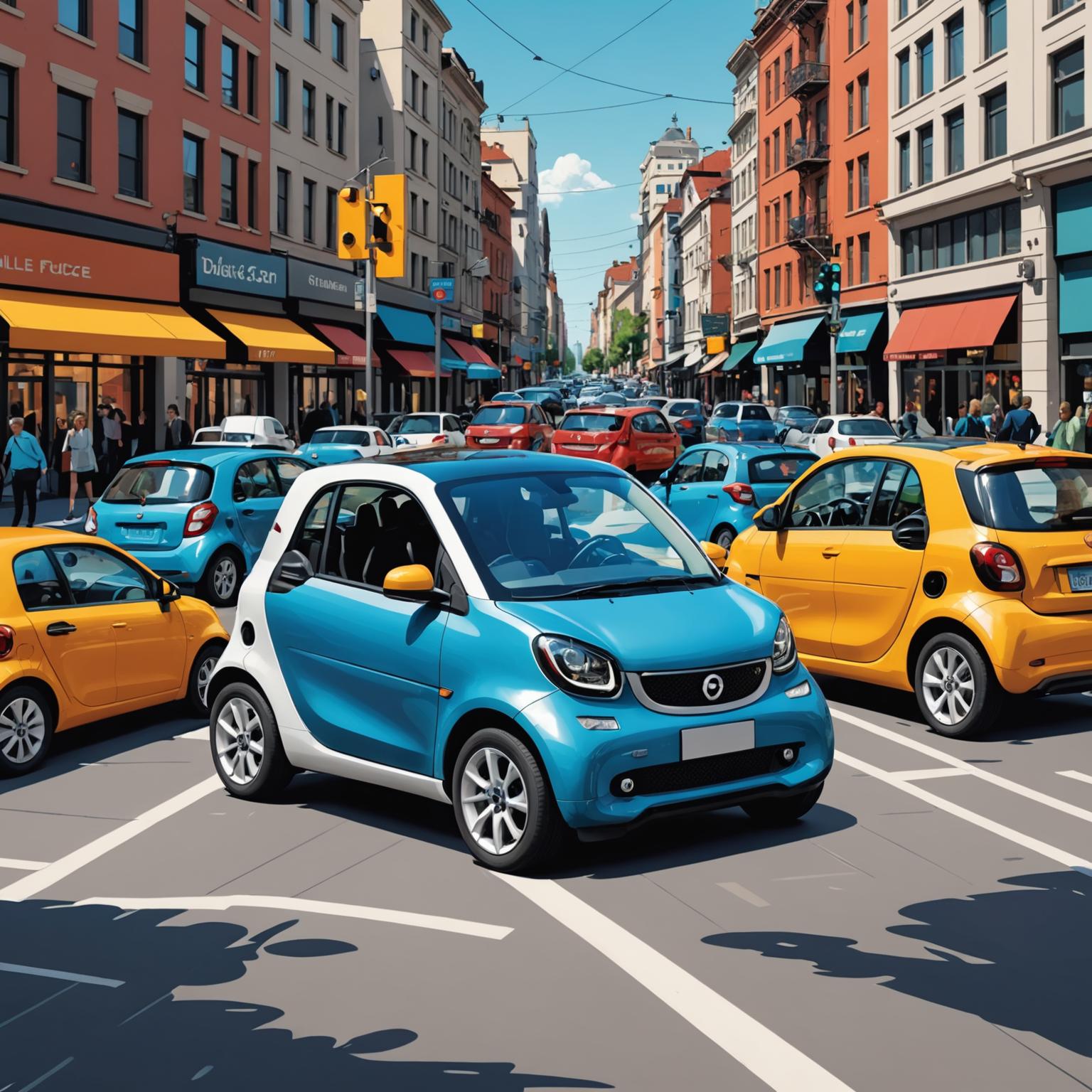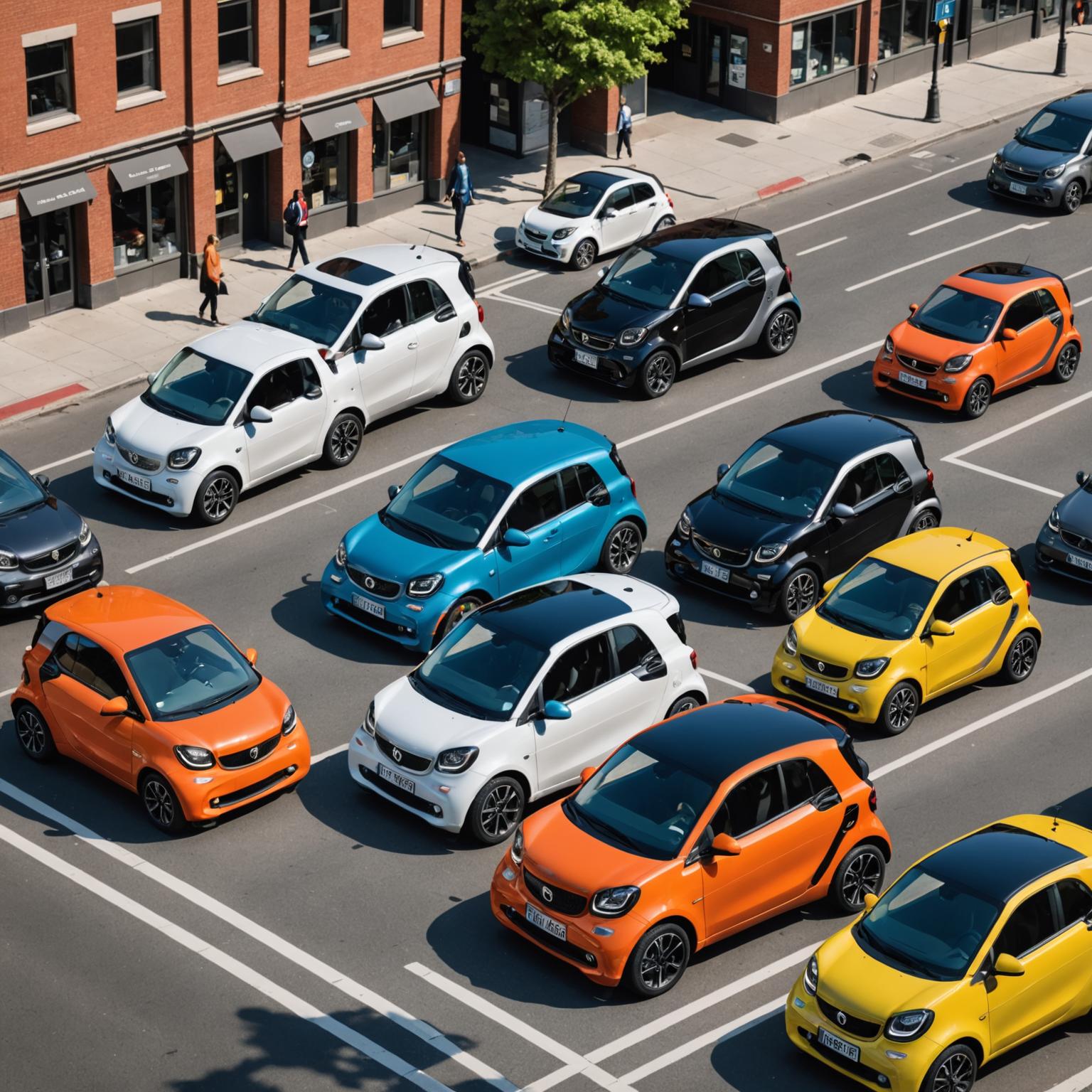For anyone navigating the tight confines of city streets or looking for an exceptionally fuel-efficient vehicle, the Smart car is often a top consideration. Its diminutive size is its most famous characteristic, leading many to ask, how much does a smart car weigh? The answer isn’t a single number, as the weight varies across different generations, models, and powertrain options. Understanding the specifics of its weight reveals a great deal about its innovative design, safety features, and overall purpose as a master of urban mobility.
Smart Car Weight Specifications by Model
The most iconic model, the Smart Fortwo, has seen its weight evolve over the years. The first generation (1998-2007) was the lightest, with a curb weight of approximately 1,600 pounds (about 730 kg). With the second generation (2007-2014), the vehicle saw a slight increase in size and features, bringing its weight up to around 1,800 pounds (820 kg). The third and final generation of the gasoline-powered Fortwo (2014 onwards) weighs in at about 1,940 pounds (880 kg). However, the shift to an all-electric lineup brought a significant change. The Smart EQ Fortwo, the electric version, is considerably heavier due to its battery pack, tipping the scales at around 2,360 pounds (1,070 kg). This considerable increase highlights how powertrain technology directly influences the total smart car weight.
What Contributes to the Smart Car’s Weight?
Despite its small appearance, the Smart car’s construction is a sophisticated blend of lightweight materials and high-strength safety components. A key factor in its weight and safety is the Tridion Safety Cell. This visible frame, often in a contrasting color, is made from high-strength steel and acts as a rigid roll cage, protecting occupants in the event of a collision. While the body panels are made from lightweight, dent-resistant plastic to save weight, the Tridion cell provides a robust and heavy core. The engine or electric motor and battery also make up a substantial portion of the vehicle’s mass. The difference between a small three-cylinder gasoline engine and a dense lithium-ion battery pack is the primary reason for the weight disparity between the internal combustion and electric models.
Why Does the Smart Car Weight Matter?
The carefully engineered weight of a Smart car is fundamental to its performance and efficiency. A lower weight requires less energy to accelerate and maintain speed, which is why the gasoline models were celebrated for their excellent fuel economy. For the newer EQ models, a lighter frame helps maximize the electric range on a single charge. This low mass, combined with a very short wheelbase, is what gives the Smart car its incredible agility. It can make U-turns in impossibly tight spaces and fit into parking spots that other drivers wouldn’t even consider. While some may equate lightness with being unsafe, the Tridion Safety Cell was specifically designed to distribute impact forces away from the occupants, proving that a smart design can provide excellent protection without excessive bulk.
A Lightweight Champion of the City
In conclusion, the smart car weight typically ranges from 1,600 to nearly 2,400 pounds, depending entirely on the generation and whether it’s powered by gasoline or electricity. This figure is not just a random number; it’s a direct result of a design philosophy centered on urban efficiency, safety, and maneuverability. The interplay between the heavy, protective Tridion cell and lightweight body panels creates a vehicle that is both secure and nimble. Whether you are zipping through traffic or squeezing into a tiny parking space, the Smart car’s low weight is its greatest asset, solidifying its status as an ingenious solution for modern city living.

